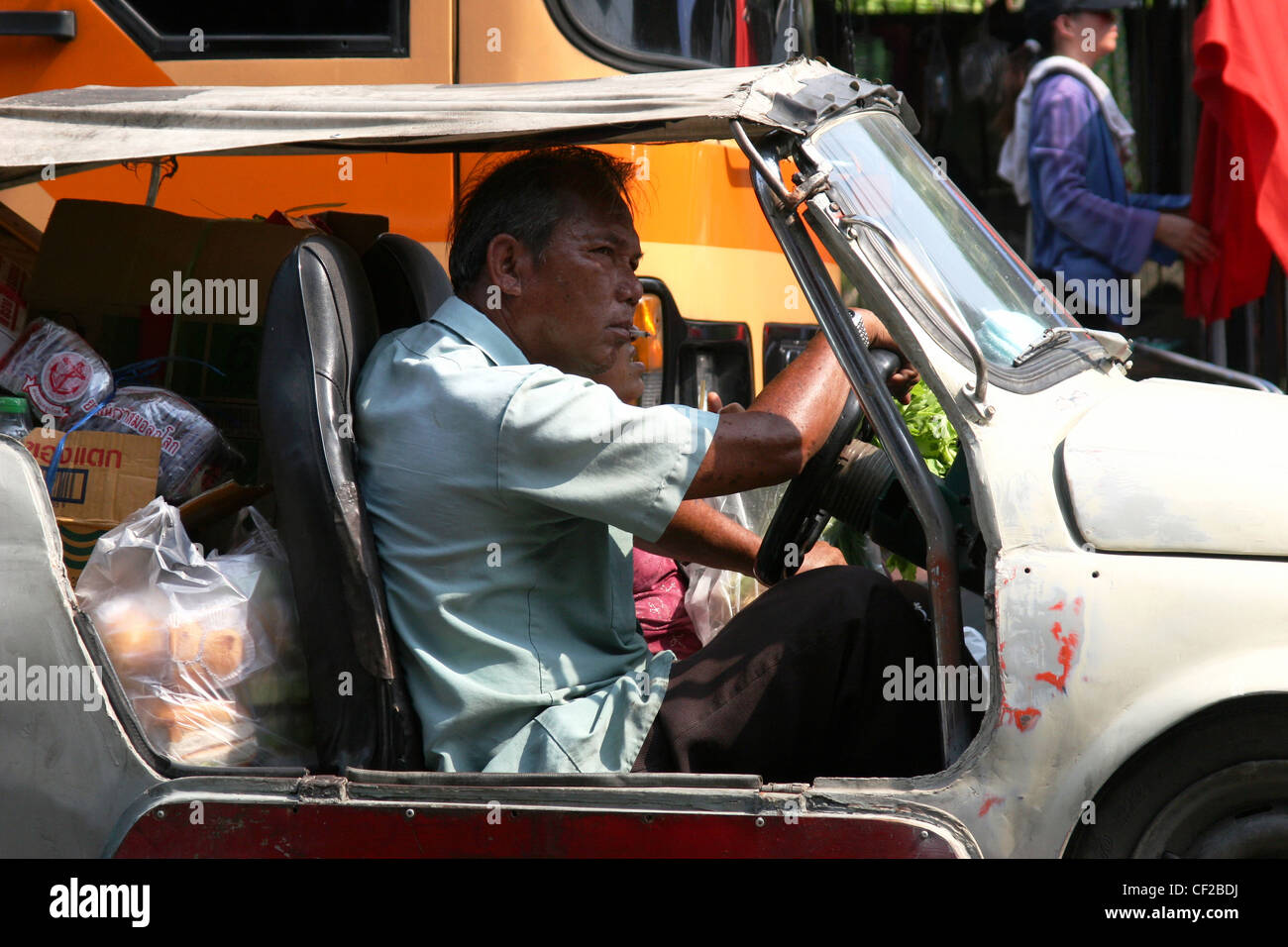

The first is its wonderfully tactile feel. There are two other aspects of Jalopy I particularly like. There are systems in place to ensure you never go completely broke, but nonetheless this central tension works well. Hence there's a central tension: Do you make hay now and hope your car stays roadworthy until you get to the next town, or leave the goodies by the side of the road and travel to your next stop safely but poorly? But filling your boot with contraband takes up space you could use for more functional items. Opening these reveals tradeable items like cigarettes, wine-bottles, and, er, sausages, which you can sell at shops for a small profit or try to smuggle across the border for a considerably larger profit. But this leaves little room for extras, and it's these extras which are important for funding your journey.Īs you travel along the road, you'll notice boxes and crates scattered on the hardshoulder. Ideally, to keep your Laika on the road, you'll want a jack, a spare tyre, a repair kit, a tyre repair kit, a can of fuel, and a bottle of two-stroke oil to mix with your fuel. You can purchase repair kits and replacements as you travel, but your funds are generally limited and you can only carry so many objects in your boot at one time. Jalopy also simulates tyre wear, fuel use, and even the use of water for cleaning your windscreen.Īll the core systems revolve around keeping your car on the road. These components degrade over time and will eventually need repairing or replacing. Your car's engine is comprised of several components, which includes the engine block, carburettor, air filter, battery, and ignition coil. Where Jalopy gets more complicated is in its mechanical simulation. The driving controls are straightforward, using WASD to accelerate and steer, while smaller interactions like pulling the handbrake and turning the key in the ignition are done with the mouse. Like so much else in Jalopy, the act of driving the Laika is a halfway house between arcade and simulation. To some extent this is a cosmetic choice, although picking new routes becomes more important as you venture further into the game. These routes are procedurally generated, varying in terms of length, road-type, ambient weather, and the various sights you'll see along the way. After a brief tutorial that instructs you on the basics of assembling and maintaining your car, you can select one of three routes to travel from Dresden to the German border.
JALOPY GAME CAR BLOCKING ROAD SIMULATOR
In its broader strokes, the game resembles a blend of linear driving simulator and a roguelike, using a blend of randomness, repetition, and improvement as its key pillars of play. This is because your little Jalopy is about as reliable as a British political poll, and you'll need to deal with all manner of obstacles on the road.

The chances of you making it to Istanbul in one go, however, are fairly slim. Indeed, a clean run-through of Jalopy will take around three-to-four hours. Obviously, Jalopy doesn't represent these countries to-scale. Carrying you through Eastern Europe is your Laika 601 Deluxe – a fictional variant of the East German Trabant. Commencing in your Uncle's scrapyard at Dresden, you make your way across the border into the Czech Republic before travelling through Hungary, Yugoslavia, and Bulgaria to your final destination of Istanbul in Turkey. Within this period of uncertainty and turmoil, the game inserts a surprisingly gentle tale which sees you travel on a “Grand Journey East” with your Uncle. Jalopy is set during the last years of the Soviet Union, after the fall of the Berlin Wall but before the collapse of Communism. What results is a love-letter to the automobile written in a very different style, one that focusses on the car as a facilitator of adventures, rather than something that should be forced to go ever faster in a circle. Jalopy is all about getting away from this cycle of pushing toward a vehicular singularity, stripping away all the glitz and glamour associated with racing sims, presenting us with a lo-fi adventure in a lo-fi world, enabled by the lowest of lo-fi cars. A slip in the corner results in you losing your place, while a collision will shatter your car's pristine form.Ĭonsequently, all your top-tier driving games are very similar in form and function, technologically stunning but bereft of new ideas.

They obsess over handling and tyre wear, how sunlight glints off the bodywork, and how rain affects the friction of the track. From Forza to Grand Turismo, they focus on grunting supercars rendered in millions of pixels, all competing for supremacy to cross the finish line first or post the fastest time.


 0 kommentar(er)
0 kommentar(er)
